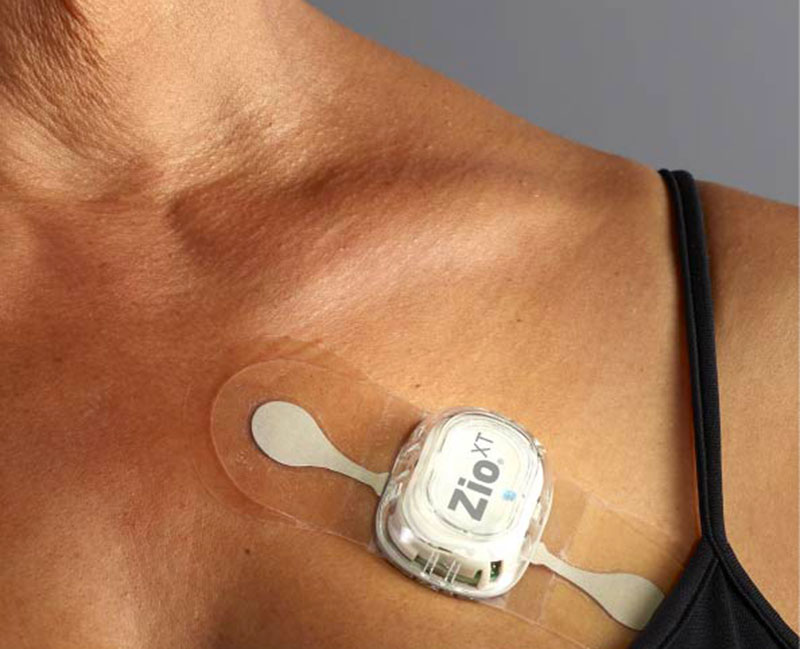Wearables maker iRhythm Technologies on Monday released data suggesting its Zio patch increased the rate of atrial fibrillation (AFib) detection and reduced cardiac events, in results presented at the American Heart Association’s annual scientific meeting.
Atrial fibrillation (AF or AFib) is a quivering or irregular heartbeat, also known as an arrhythmia, which can lead to blood clots, stroke, heart failure, and other heart-related complications. Normally, your heart contracts and relaxes to a regular beat. In AF, the upper chambers of the heart (the atria) beat irregularly instead of beating effectively to move blood into the ventricles.
CDC estimates that 12.1 million people in the United States will have AFib in 2030. In 2018, 175,326 deaths occurred due to AFib. People of European descent are more likely to have AFib than African Americans.
The three-year-long mHealth Screening to Prevent Strokes (mSToPS) study evaluated the detection of silent, or previously undiagnosed, atrial fibrillation (AFib) in moderate-risk individuals using the FDA-cleared Zio by iRhythm ambulatory monitoring patch. This study is the first siteless, nationwide study of its kind and was led by researchers at the Scripps Research Translational Institute, in partnership with collaborators, Aetna and Janssen Pharmaceuticals, reports GlobeNewswire.
The study aimed to determine if participant-generated data available through a wearable ECG patch could improve the identification of AFib relative to routine care and to determine if screening for AFib by wearing Zio could improve clinical outcomes at three years after the initiation of screening.
At the end of three years after the initial onset of monitoring:
- AFib was newly diagnosed in 11.4% of those actively monitored with Zio versus only 7.7% of the control group (a statistically significant 48% improvement).
- The trial found the incidence rate of a cardiac event (stroke, myocardial infarction, systemic embolism, or death) was 8.4 per 100 person-years in people diagnosed with AF who underwent active monitoring, compared to the control group incidence rate of 13.8 per 100 person-years (a statistically significant improvement). This data demonstrates Zio’s detection of AFib in moderate-risk patients supported the prevention of serious cardiac events after diagnosis.
- Active monitoring with Zio also led to fewer hospitalizations for bleeding, the primary safety endpoint for the study (incidence rate of 0.32 per 100 person-years versus 0.71 per 100 person-years).
- Active monitoring also led to fewer total hospitalizations (12.9 versus 18.9 per 100 person-years).

Ultimately, the mSToPS study found that active screening for AF, as part of a prospective, pragmatic, direct-to-participant, and nationwide study, was associated with a significant improvement in clinical outcomes and safety at three years relative to routine care.
“Through clinical validation with studies like mSToPS, iRhythm demonstrates the importance of shifting to preventative and more proactive care to catch undiagnosed atrial fibrillation and improve the lives of millions of people,” said Kevin King, CEO of iRhythm. “Zio also helps decrease costs associated with increased healthcare utilization and more significant, potentially life-threatening clinical events. At iRhythm, we are helping to create a new standard of patient care.”
Read more Apple Heart Study Shows Wearable Technology Can Help Detect Atrial Fibrillation
iRhythm is a leading digital health care company redefining the way cardiac arrhythmias are clinically diagnosed. The company combines wearable biosensor devices worn for up to 14 days and cloud-based data analytics with powerful proprietary algorithms that distill data from millions of heartbeats into clinically actionable information.












